When I heard that Mosaic was releasing an integrated version of its GT-1 AR platform, I made a mental note to explore the idea of building a high-performance, fender-ized winter bike. Before moving to California some twenty years ago, I spent each winter riding through the slush of Seattle, where etiquette demands fenders, and they made a world of difference. Without them, I could always expect a few barbed 'buddies' hurled in my general direction, the worst and, at the same time, politest insult you'll ever hear in the Pacific Northwest.
Fenders, of course, are de rigueur on a winter bike. And once you've ridden with them, it's hard to go without. Fenders are life-changing in the wet and an early birthday present for anyone following you. However, in California, unlike Seattle, rain today doesn't generally mean rain tomorrow, so for local riders, fenders aren't typically a consideration.
For the past couple of years, though, Nor Cal has seen a lot more rain, enough that my inner Seattle-ite called bullshit on my craving for clean lines and demanded satisfaction. So I called Mosaic and got talking about the rain. They laughed, I laughed. I stopped laughing, they stopped laughing, and then we talked shop, specifically about the IAR edition of the GT-1 they told me they had in the works.

The timing worked out, and a few weeks back, I received my GT-1 IAR, as bright as I requested it (an orange fade-to-white that pops hard), complemented by the brand's Artist Series finish. However, in the spirit of winter hacks everywhere, I decided to build the bike with less than box-fresh components, specifically, repurposing the Campagnolo Super Record Wireless groupset I had first on my Sarto Seta, then my Bastion Crossroad so as to continue putting miles on it, across conditions and frames, as part of a genuine long-term test I'm stringing together. Plus, a Mosaic with Campagnolo's Super Record Wireless is a rare machine, and I was keen to see how it panned out.
But then I got carried away with the thought of finding out how the Mosaic fared as a direct comparison to my Bastion, so I took the tires and wheels from it, too - Veloflex 32 EVO TLRs and Campy Hyperon Ultras - and migrated them to the Mosaic. I figured that with the same group and rolling stock, I'd be getting a good way towards a genuine side-by-side of two very different machines.

The frame comes with an integrated Chris King headset, which pushes all my PNW buttons. I chose the integrated Enve stem rather than the integrated handlebar and stem, which has a slightly too tight bend from the top to the hoods than I like. So I opted for the Enve aero bars, which have more of a gradual curve, which I know from experience gives me a little more comfort for longer rides. We're all different, so my advice with this stuff, as all the fine details of a build, is to come and talk to us, and we can help you fill in the experience gap. An Enve 27.2 seatpost and Fizik Arione 00 saddle complete the cockpit, the latter a beneficiary of the Busyman treatment a few years back, originally for my Pegoretti Marcelo, which I'm currently overhauling. It's had a lot of use, but one of the things I love about custom-covered saddles is the patina of wear they accrue over time.


The GT-1 IAR frame comes from Mosaic's top-tier 1-series lines, complete with a double-butted top tube and down tube, s-bend stays and an Enve-integrated AR fork. Mosaic says the IAR can take up to 40mm tires, up from 38mm for the' standard' GT-1 AR. However, I know that Brennan Wertz has been running 44mm tires, so there's clearly room for maneuver. Whether it's wise to run wider tires than the brand recommends is really down to your use case. For example, a lot of mud might cause issues if you go too wide. And let's be clear: we're talking measured sizes. How a tire reacts with a rim is a world unto itself, and just because someone says they got an 'Xxmm' on their bike, doesn't mean you can get it on yours if your wheels are different. My feeling is, throw 38s on, and you'll always be okay. Over that, it's at your own risk.
Returning to the groupset, feelings are mixed. I love the Super Record Wireless cranks, for example. Nothing beats their looks. However, the front and rear derailleurs are big. Much of that came down to patents and what was possible for Campagnolo's engineers to work with, but wireless means batteries. And the more powerful the battery you have, the faster your shifting. I would say that the shifting speed of Super Record Wireless comes second to Shimano's Dura-Ace, but it is faster than SRAM's system. But the looks of the derailleurs are not growing on me. I don't hate them; I just don't feel great looking at them. Will the Super Record Wireless derailleurs be smaller in the future? Of course. So perhaps my thoughts on the matter are moot.


But I do love the group's smaller chainring sizes. The biggest you can get is 50/34, which is everyone else's Compact. And that means you can use smaller cassettes, like a 10-25, 10-27 or 10-29 - it doesn't go up from there. And I do like how that looks. On this build, I'm using the 10-29, which came with the pre-production groupset Campagnolo sent us before the group's launch.
I use the 29, but not much. Up front, I'm using the 48/32 option, which means I'm almost always in the big ring, even on the hills. And I love that. Other things I dig include the brakes. Bar Hope's, I rank the Campy ones as the best of the big three. Puns aside, we tricked the Mosaic's brakes out with Trickstuff pads from Germany. Combined with the performance of the fork, 160 disc rotors on the front and 140 on the back, braking performance is excellent.
Surprise, surprise, we boosted the group with Ceramicspeed's bottom bracket and titanium pulley wheels and overlaid everything with a freshly waxed chain.

Anyway, that's probably enough about Super Record Wireless. Suffice it to say, getting serious multi-bike miles on it is a very rewarding and eye-opening experience. So, if you'd like to talk about Campagnolo Super Record Wireless with us, just pick up the phone or pop into the shop.
As mentioned, we ported my Bastion's Campagnolo Hyperon Ultra wheels to the bike. They have around 2000 miles on them, and they've been flawless every roll of the way. I paired them with tubeless Veloflex Corsa 32 EVO TLR tires pumped to around 60 psi. I had a flat about 800 miles ago, but no issues since then.
Finishing details include titanium valve stems, Dura-Ace pedals, Silca Cerakote bottle cages, and titanium bolts every which way we could (when you’re riding through salt water as much as we are of late, you need all the ti you can get).

The eagle-eyed amongst you will notice that despite all the fender talk so far, there are none in the pictures. Sadly, the fenders didn't show up in time for the shoot. But we’ll make sure to do a little feature on those and how they fare with a few hundred miles on them.
And there you have what turned into a rather long-winded but hopefully somewhat interesting BOTW for my GT-1 IAR. If you have any questions, message us or swing by the shop. And if you'd like to kickstart your own build, we can't wait to help you create your ultimate winter or indeed any-season bike - with or without fenders.

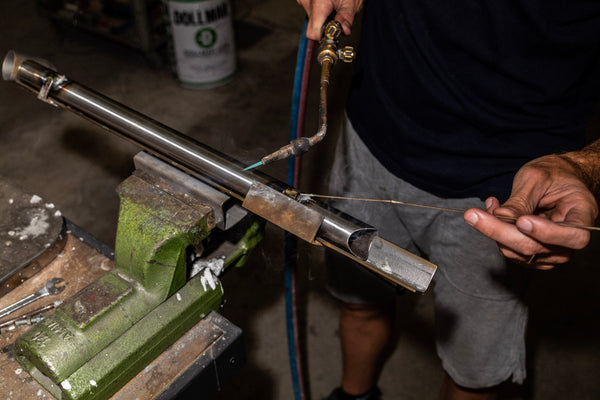
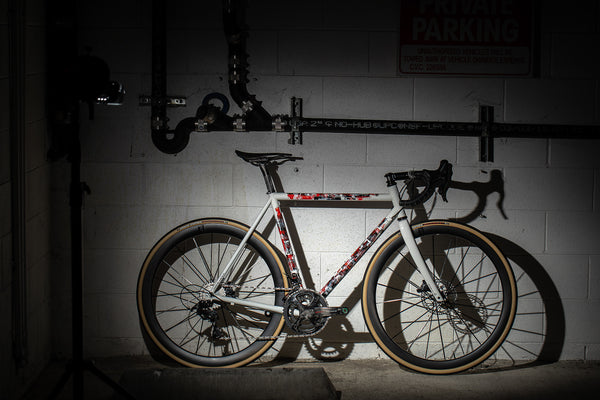
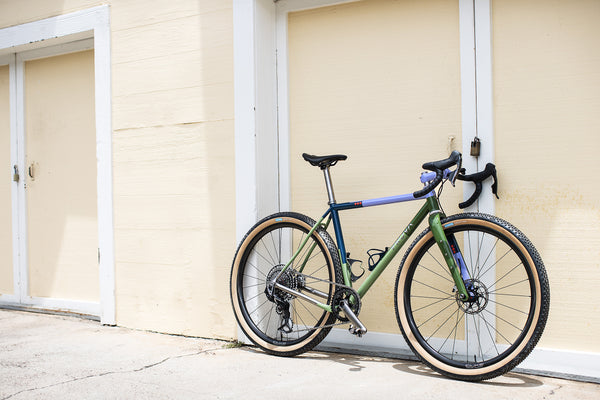
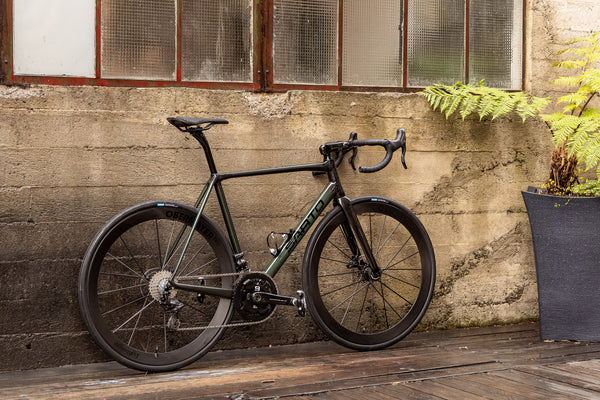
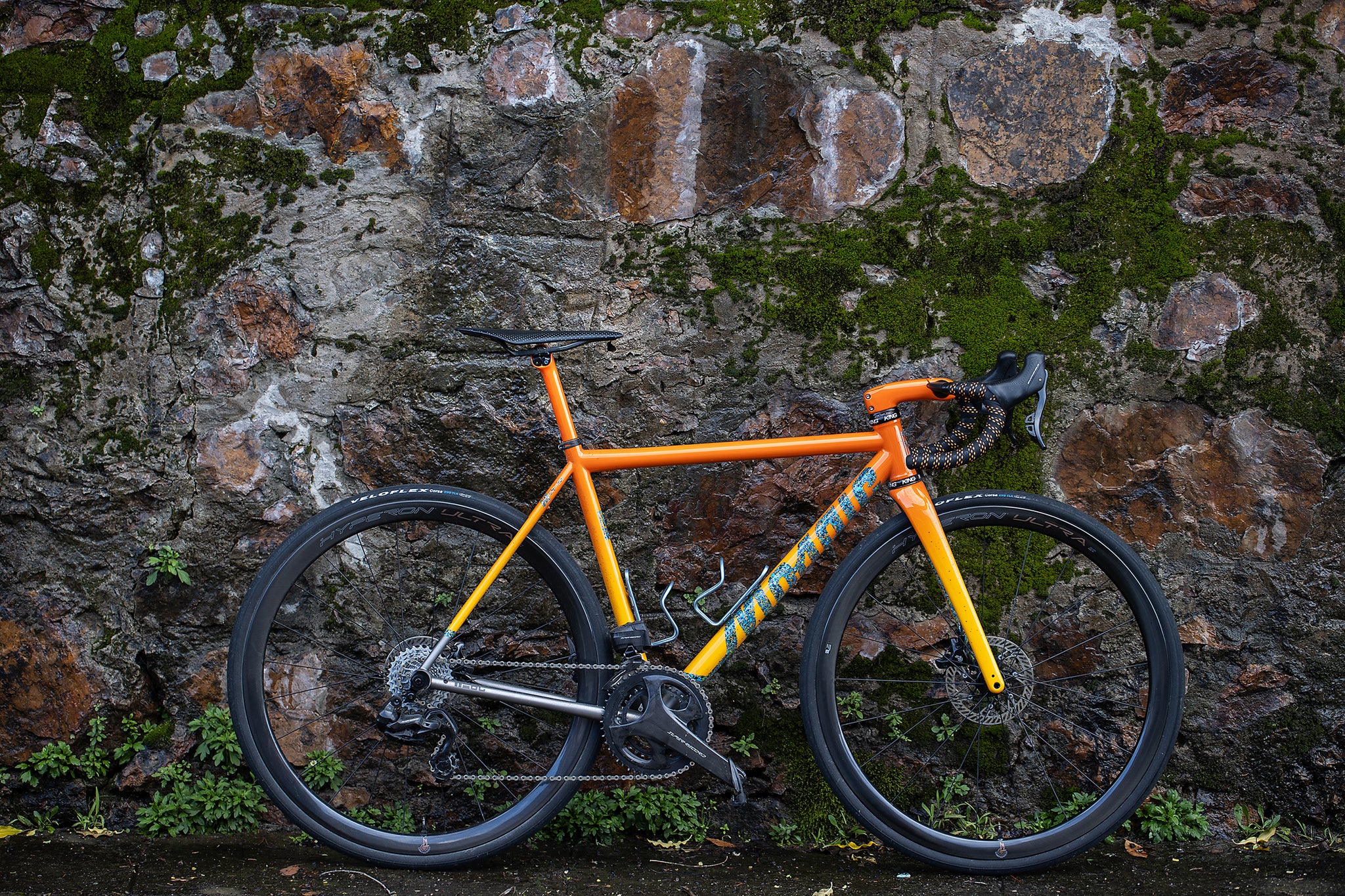



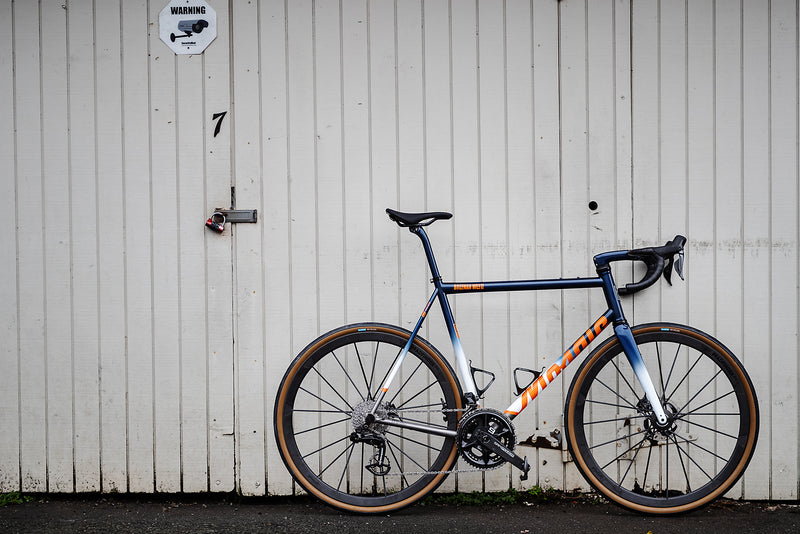
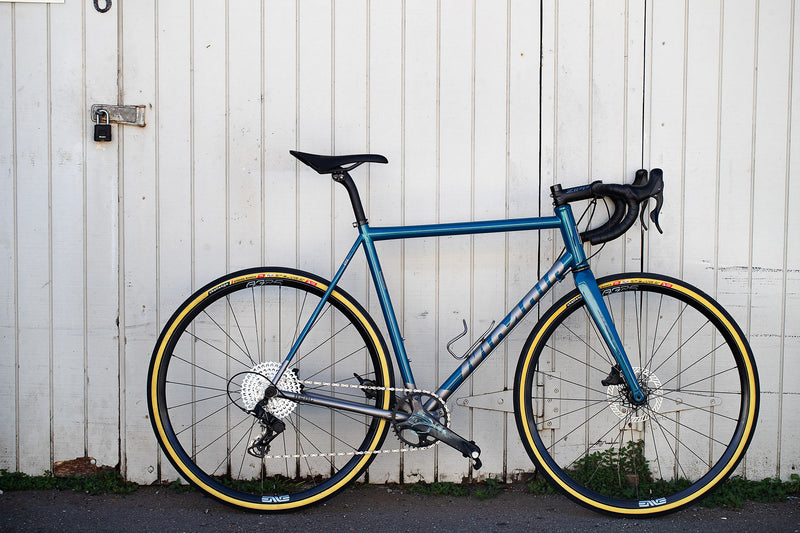
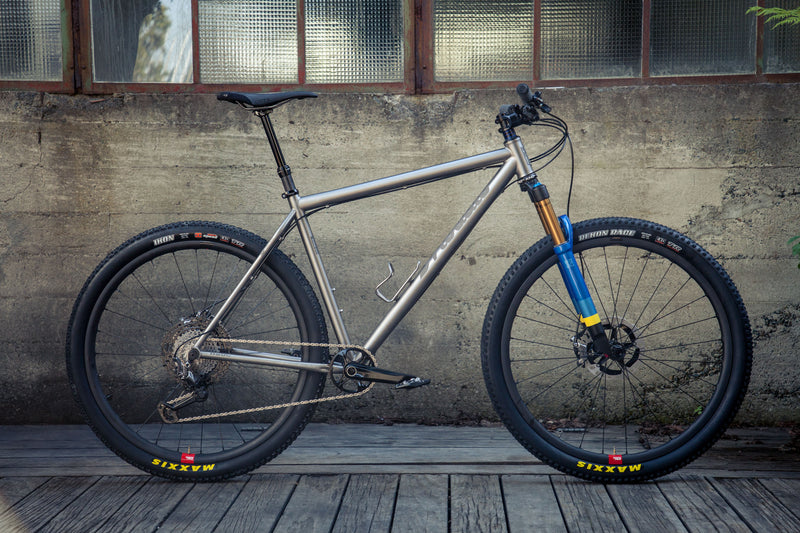
Back to Journal